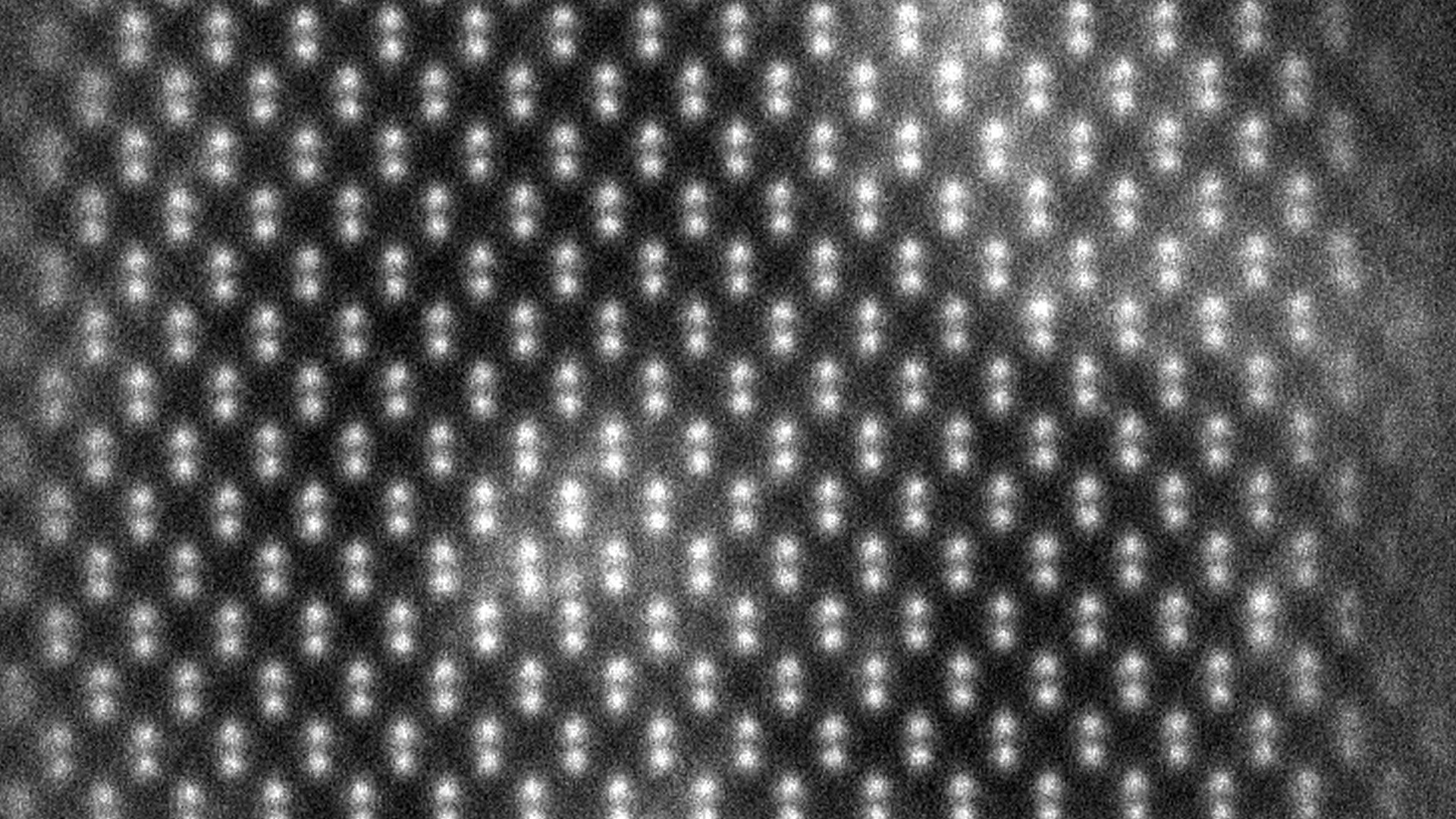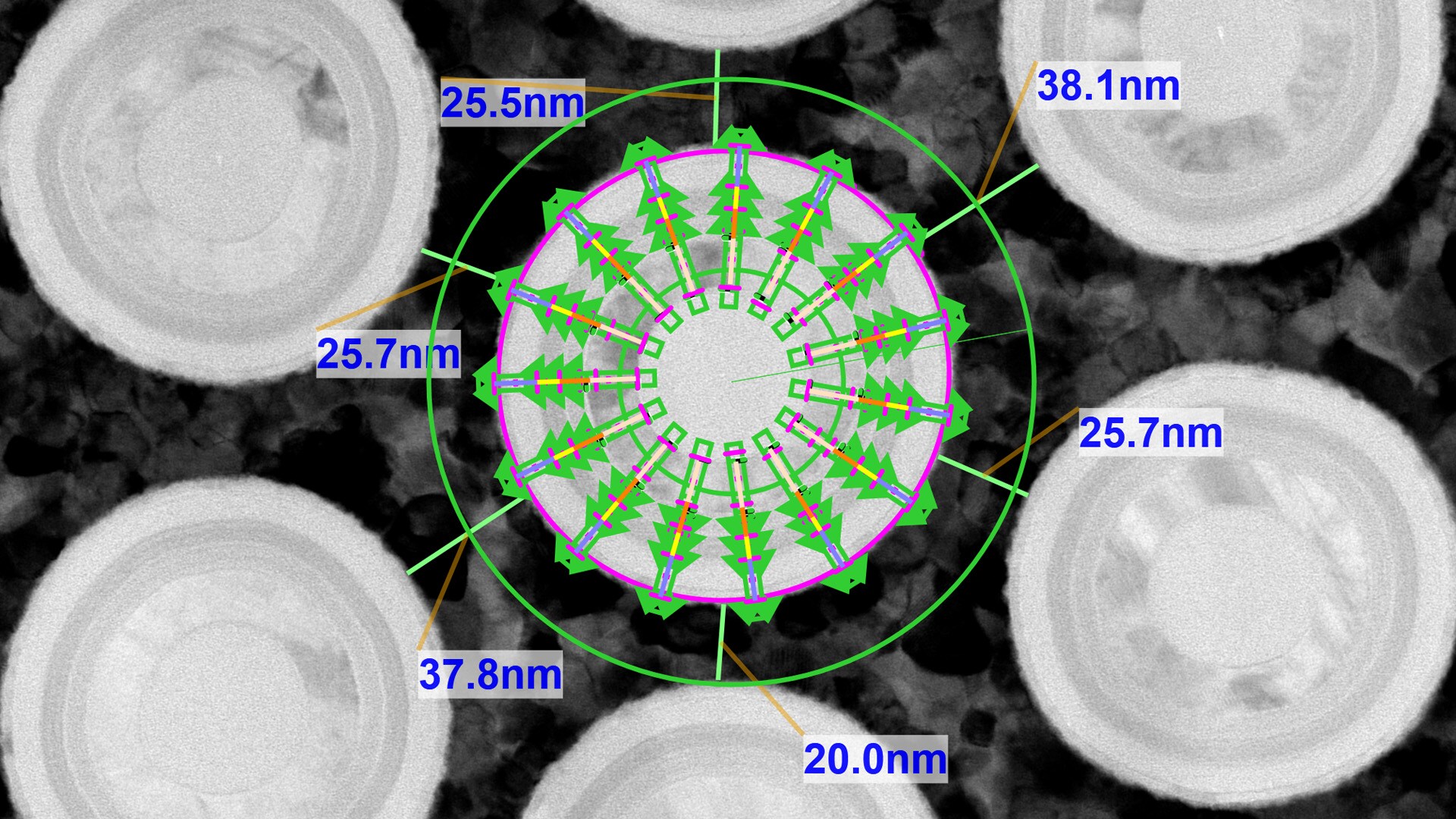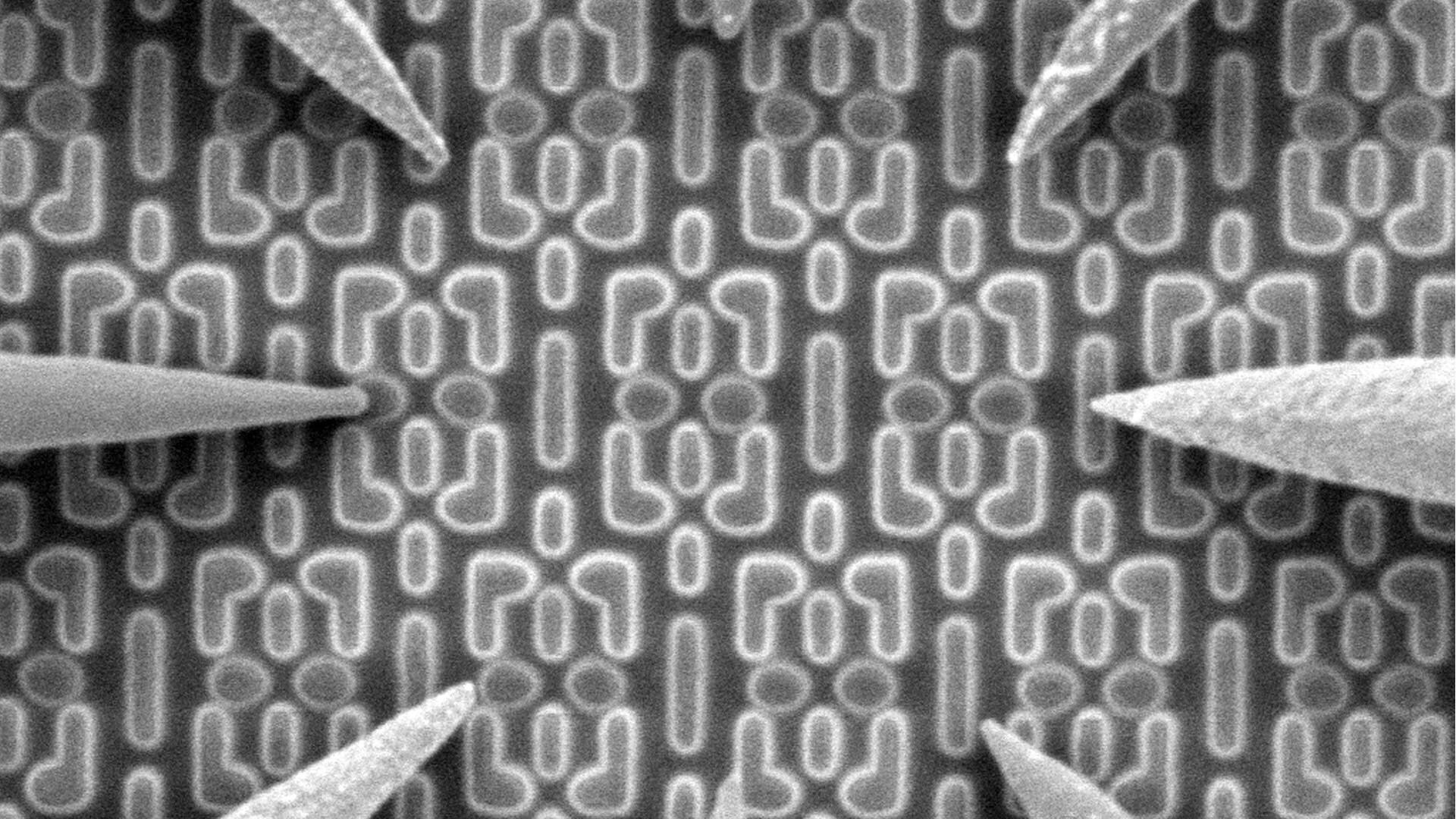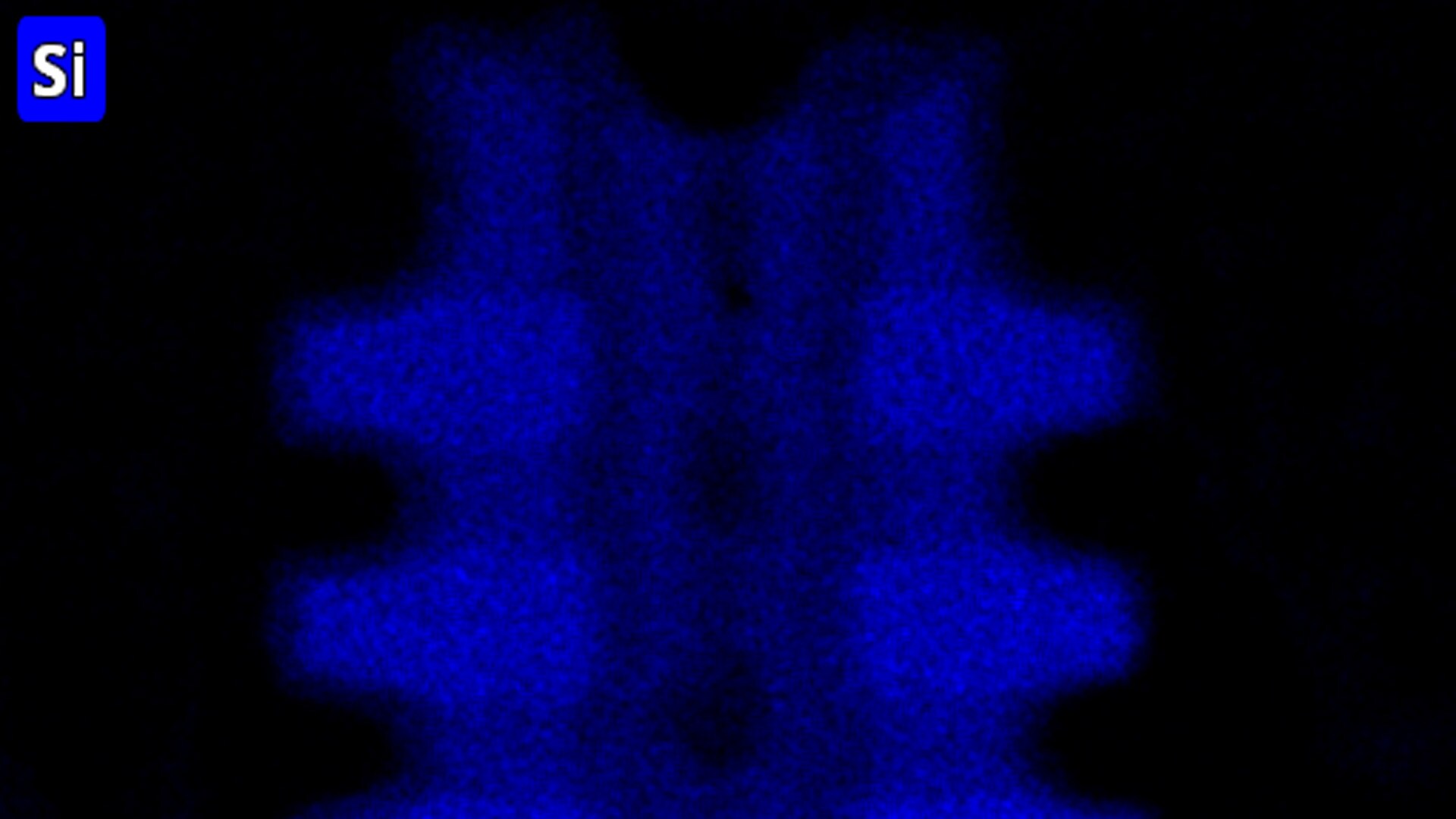Search Thermo Fisher Scientific
- Order Status
- Quick Order
-
Don't have an account ? Create Account
Search Thermo Fisher Scientific
The Verios 5 XHR SEM offers subnanometer resolution over the full 1 keV to 30 keV energy range with excellent materials contrast. Unprecedented levels of automation and ease-of-use make this performance accessible to users of any experience level.
SmartAlign technology eliminates the need for any user alignments of the electron column, which not only minimizes maintenance, but also increases your productivity.
Including Thermo Scientific’s patented UC+ gun (monochromator), ConstantPower lenses and electrostatic scanning for accurate and stable imaging.
Elstar Schottky monochromated (UC+) FESEM technology and performance with sub-nanometer resolution from 1 to 30 keV.
The Verios is ideally suited to lab-based metrology applications, with the ability to calibrate to a NIST certified standard at high magnification.
Advanced suite of high-sensitivity, in-column & below-the-lens detectors and signal filtering for low dose operation and optimal contrast selection.
As low as 20 eV with very high resolution for true surface characterization.
With AutoScript 4 Software, an optional Python-based application programming interface (API).
With a choice of two precise and stable piezo-driven stages.
Electron beam resolution |
| |
Standard detectors | ETD, TLD, MD, ICD, beam current measurement, Nav-Cam+, IR-camera | |
Optional detectors | Optional detectors | EDS, EBSD, RGB cathodoluminescence, Raman, WDS, and more | |
Stage bias (beam deceleration, optional) | Up to -4000 V, included as standard | |
Sample cleaning | Integrated plasma cleaner, included as standard | |
Sample manipulation | Verios 5 UC
| Verios 5 HP
|
Chamber | 379 mm inside width, 21 ports | |
Software options |
| |
This webinar will present Thermo Scientific technology advances in electron source, electron column, detector and the user interface that enables routine ultra-low voltage SEM imaging and characterization. By watching the webinar, you’ll learn how to:
This on-demand webinar has been designed to help you decide which SEM best meets your unique needs. We present an overview of Thermo Fisher Scientific SEM technology for multi-user research labs and focus on how these wide-ranging solutions deliver performance, versatility, in situ dynamics and faster time to results. Watch this webinar if you are interested in:
This webinar will present Thermo Scientific technology advances in electron source, electron column, detector and the user interface that enables routine ultra-low voltage SEM imaging and characterization. By watching the webinar, you’ll learn how to:
This on-demand webinar has been designed to help you decide which SEM best meets your unique needs. We present an overview of Thermo Fisher Scientific SEM technology for multi-user research labs and focus on how these wide-ranging solutions deliver performance, versatility, in situ dynamics and faster time to results. Watch this webinar if you are interested in:
Novel materials are investigated at increasingly smaller scales for maximum control of their physical and chemical properties. Electron microscopy provides researchers with key insight into a wide variety of material characteristics at the micro- to nano-scale.
Innovation starts with research and development. Learn more about solutions to help you understand innovative structures and materials at the atomic level.
Manufacturing today’s complex semiconductors requires exact process controls. Learn more about advanced metrology and analysis solutions to accelerate yield learnings.
Complex semiconductor device structures result in more places for defects to hide. Learn more about failure analysis solutions to isolate, analyze, and repair defects.
Many factors impact yield, performance, and reliability. Learn more about solutions to characterize physical, structural, and chemical properties.

Energy Dispersive Spectroscopy
Energy dispersive spectroscopy (EDS) collects detailed elemental information along with electron microscopy images, providing critical compositional context for EM observations. With EDS, chemical composition can be determined from quick, holistic surface scans down to individual atoms.

Imaging Hot Samples
Studying materials in real-world conditions often involves working at high temperatures. The behavior of materials as they recrystallize, melt, deform, or react in the presence of heat can be studied in situ with scanning electron microscopy or DualBeam tools.

Multi-scale analysis
Novel materials must be analyzed at ever higher resolution while retaining the larger context of the sample. Multi-scale analysis allows for the correlation of various imaging tools and modalities such as X-ray microCT, DualBeam, Laser PFIB, SEM and TEM.

Cathodoluminescence
Cathodoluminescence (CL) describes the emission of light from a material when it is excited by an electron beam. This signal, captured by a specialized CL detector, carries information on the sample’s composition, crystal defects, or photonic properties.
SEM Metrology
Scanning electron microscopy provides accurate and reliable metrology data at nanometer scales. Automated ultra-high-resolution SEM metrology enables faster time-to-yield and time-to-market for memory, logic, and data storage applications.

Energy Dispersive Spectroscopy
Energy dispersive spectroscopy (EDS) collects detailed elemental information along with electron microscopy images, providing critical compositional context for EM observations. With EDS, chemical composition can be determined from quick, holistic surface scans down to individual atoms.

Imaging Hot Samples
Studying materials in real-world conditions often involves working at high temperatures. The behavior of materials as they recrystallize, melt, deform, or react in the presence of heat can be studied in situ with scanning electron microscopy or DualBeam tools.

Multi-scale analysis
Novel materials must be analyzed at ever higher resolution while retaining the larger context of the sample. Multi-scale analysis allows for the correlation of various imaging tools and modalities such as X-ray microCT, DualBeam, Laser PFIB, SEM and TEM.

Cathodoluminescence
Cathodoluminescence (CL) describes the emission of light from a material when it is excited by an electron beam. This signal, captured by a specialized CL detector, carries information on the sample’s composition, crystal defects, or photonic properties.
SEM Metrology
Scanning electron microscopy provides accurate and reliable metrology data at nanometer scales. Automated ultra-high-resolution SEM metrology enables faster time-to-yield and time-to-market for memory, logic, and data storage applications.




